#1 The jury is out – Americans love cats more than dogs!

No American household is complete without a furry little friend.
While there are more US households with pet dogs, there are way more pet cats than dogs in total!
A 2019 survey of US households found there to be around 94.2 million pet cats, while there were only 89.7 million pet dogs.
That’s almost 5 million more cats than dogs!
#2 A male cat is called a Tom. A female cat can be a Molly or a Queen.
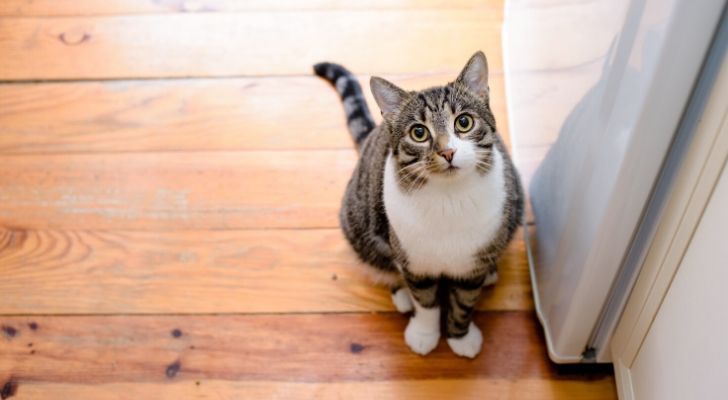
What we’re talking about is the technical term to refer to cats by their gender.
A male cat is specifically called a Tom, but a female cat is more complex.
Normally, a female cat would be referred to as a Molly, but if it’s pregnant with kittens then it’s a Queen!
#3 The saying, “A cat always lands on its feet” isn’t just an old myth.

It’s actually accurate, in most cases at least! Cats have a natural ability to land on their feet called the “righting reflex”.
This reflex allows cats to quickly assess which way is down and rotate their bodies while in mid-air.
#4 The higher the fall, the more likely a cat is to survive it.

It turns out that if a cat falls from a lower height, say less than 7 stories high, then it’s actually more likely to be injured!
If a cat falls from a greater height, it has more time to correct its position mid-flight and prepare itself more for the landing.
There are even reports of cats falling from as high as 32 stories high and coming away with just a chipped tooth and a punctured lung.
#5 There are many ways to refer to a group of cats.
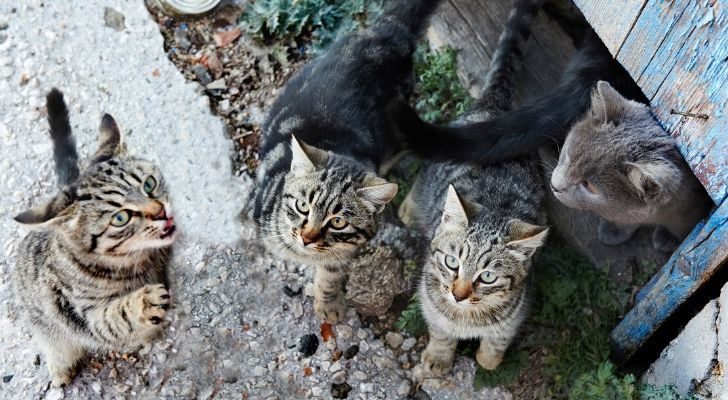
It really depends on the cats, too. The collective noun for wild cats, for example, is “a destruction of cats”.
Regular house cats are generally called a “clowder of cats”.
However they can also be called a “glaring of cats” if the cats you’re referring to don’t know each other and are glaring at each other.
#6 There are also quite a few ways to refer to a group of kittens.
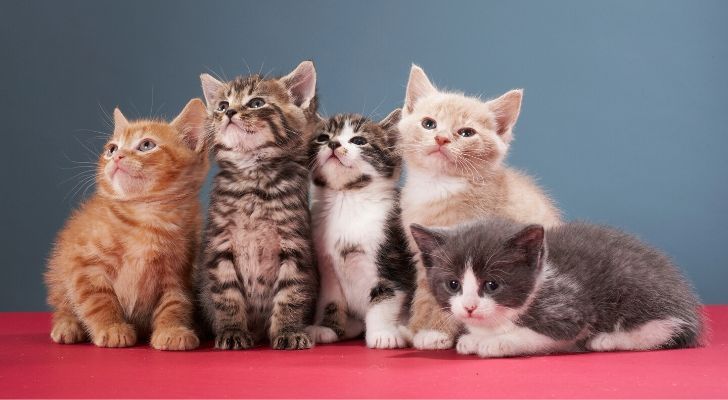
The most commonly used collective noun for kittens is a “litter of kittens”.
They can also be called an “intrigue of kittens” due to their curious nature.
An “entanglement of kittens” is another name, as it’s often hard to tell where one kitten ends and another begins when they’re playing!
Finally, they can also be called a “kindle of kittens”, although this usage is less common.
#7 It’s been scientifically proven that cat owners are healthier people.

Patting a cat has been proven to release oxytocin, which lowers stress levels.
There’s also a clear link between cat ownership and a lowered risk of strokes or heart problems, as a cat’s purr lowers blood pressure.
Most importantly though, cats keep you from being lonely – and it’s now known that loneliness plays a big part in many diseases!
#8 Cats purr for many more reasons than you would think.
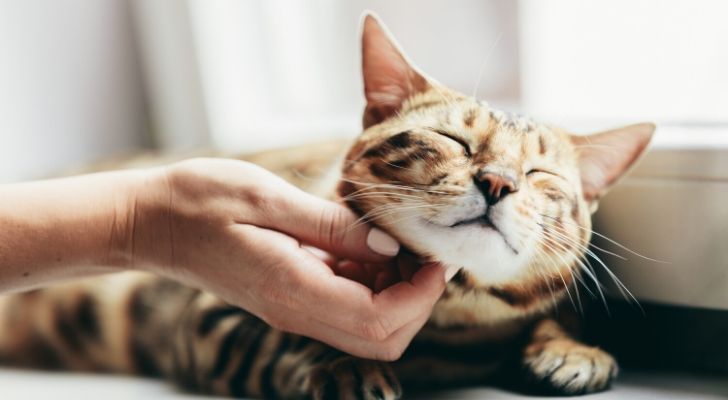
Most people associate a cat’s purr with it being happy, but that’s not always true.
Some cats have a slightly different purr for when they’re hungry, and mother cats also use their purr to communicate with their newly birthed kittens.
Most unexpectedly, cats sometimes purr when they’re injured, and it’s been suggested their purr actually helps their body to heal faster!
#9 You should probably stop feeding your cat milk.
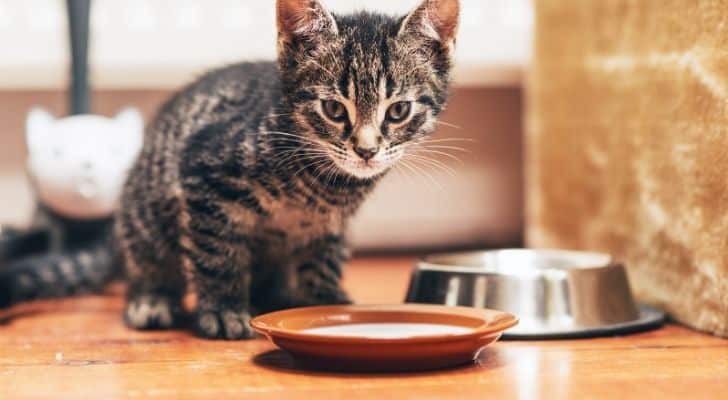
It’s common knowledge that cats are fans of milk, but many of them are actually lactose intolerant.
While kittens can drink their mother’s milk, feeding them cow’s milk could be very dangerous to their health.
If you really want to reward your cat with some milk, make sure you buy lactose-free!
#10 Cat brains are very similar to human brains.

Physically, at least, their brains are about 90% similar to ours.
Their brains are smaller, weighing just 0.9% of their total weight while ours weigh 2%.
While most people think that cats aren’t as smart as dogs, they can also be trained – they just think it’s a little bit beneath them!
Comments
Post a Comment